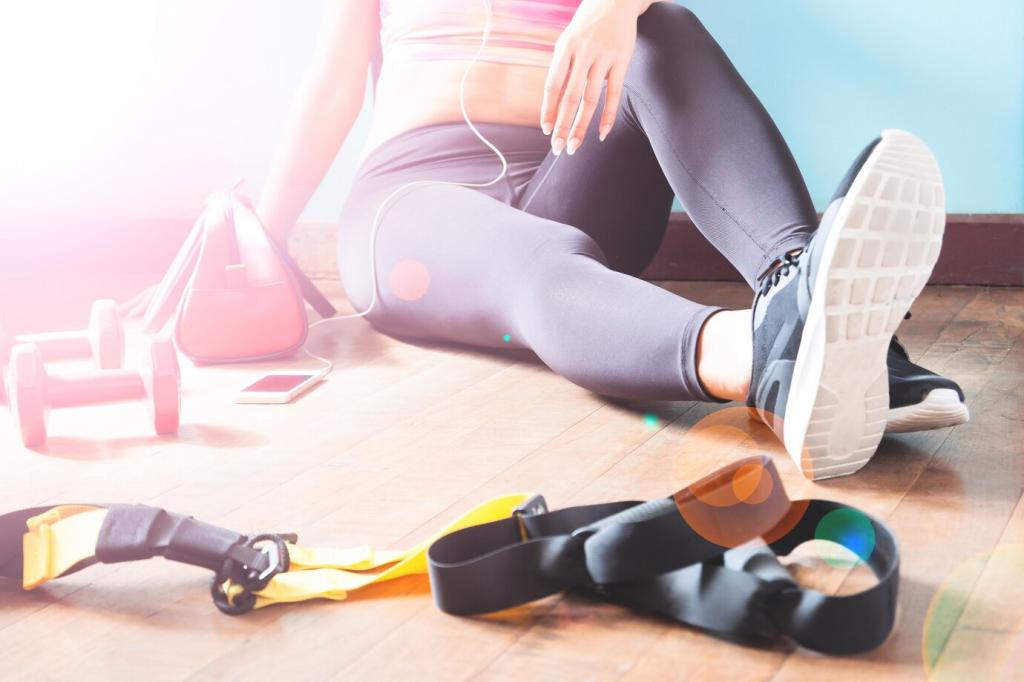Foundational Beginner Workouts
Perform three rounds: 45 seconds bodyweight squats, 45 seconds wall push-ups, 45 seconds marching or step touch, 45 seconds glute bridges, then 60 seconds rest. Keep effort at a conversational pace. Modify with a chair for support. Share your time and any favorite songs that kept you moving.
Foundational Beginner Workouts
Day A: Chair squats, band rows, dead bugs. Day B: Reverse lunges, wall presses, hip hinges. Do two sets of 8–12 reps each, resting as needed. Focus on controlled tempo and steady breathing. Post which exercise felt most empowering and any form cues you discovered.
Foundational Beginner Workouts
Alternate one minute marching in place, one minute side steps, one minute shadowboxing, and one minute dancing. Repeat three times. The American guidelines suggest about 150 minutes of moderate activity weekly—this routine helps you accumulate minutes at home. Invite a friend and compare playlists.
Foundational Beginner Workouts
Lorem ipsum dolor sit amet, consectetur adipiscing elit. Ut elit tellus, luctus nec ullamcorper mattis, pulvinar dapibus leo.




